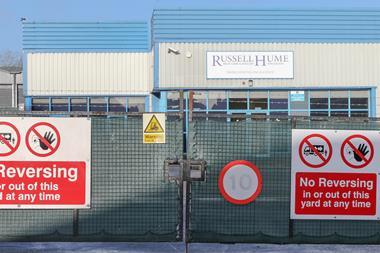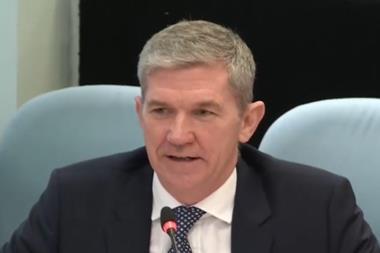
Both the FSA and Food Standards Scotland boards have fully endorsed proposals for a raft of reforms designed to improve compliance in the meat processing sector.
The UK’s two food regulators held their first joint board meeting on Wednesday to discuss the 19 proposals made by their review into meat cutting plants and cold stores, launched in February following a series of meat industry scandals.
In depth: How serious is food and drink’s allergy problem?
The review’s recommendations include the launch of a trial between a small, representative number of local authorities to evaluate the use of a single organisation to deliver all official controls in a geographic area.
It follows concerns highlighted by the review over dual enforcement responsibilities between the FSA and local authorities, with one respondent warning having so many agencies involved in the supply chain meant intelligence could be ’disjointed and inconsistent’, and could create a ‘barrier for compliance’.
Other recommendations include introducing a more standardised approach to the use of durability labels, which carry information including when an animal was killed, processed, packed and frozen. The review noted less emphasis had been historically placed on compliance regarding durability marking compared to hygiene issues.
More focus was also required to understand the role of brokers and agents within the sector, it added. Other proposals included improving training, more guidance checks on cold stores after their approval, and a digitising of the application process for meat establishments.
Russell Hume administrators destroyed £8.5m-worth of meat stock
The findings of the review, “supported by leaders of the meat industry”, would help restore and sustain public trust in the meat sector after “several food safety and authenticity incidents”, said FSA chair Heather Hancock.
“We will be seeking the continued commitment of the industry to work with us, as regulators, to implement the recommendations and deliver on the expectations of the public.”















No comments yet